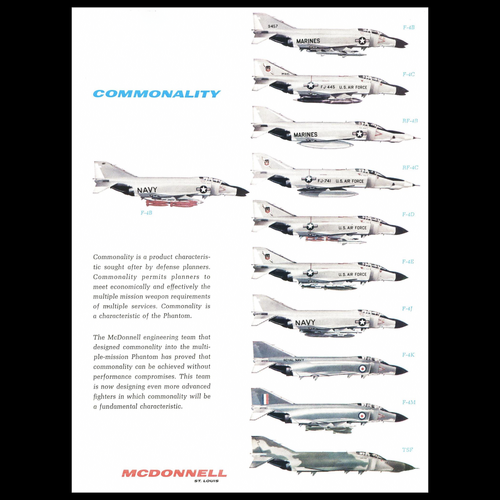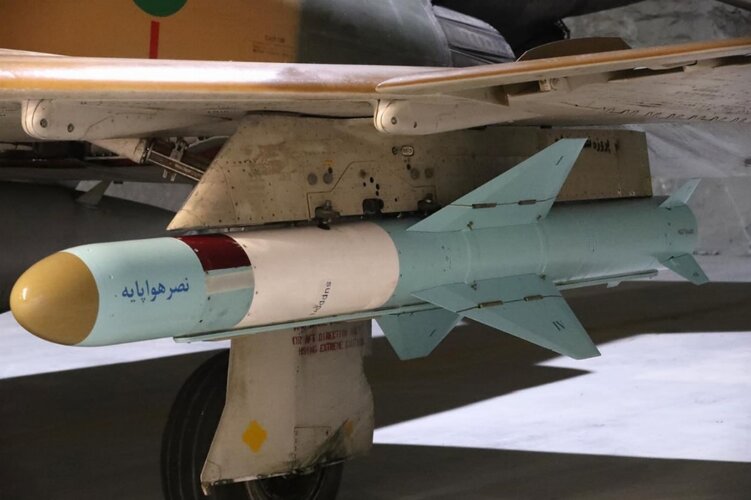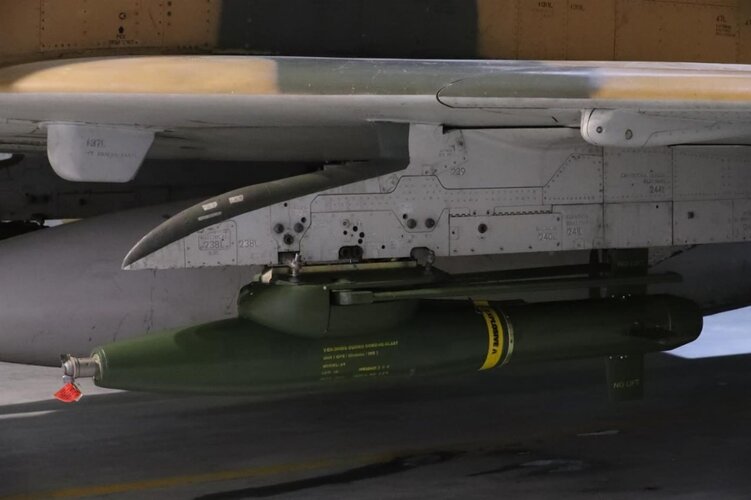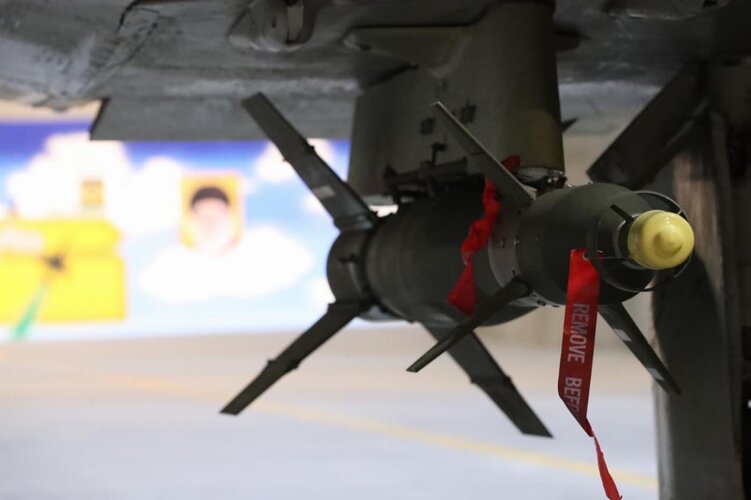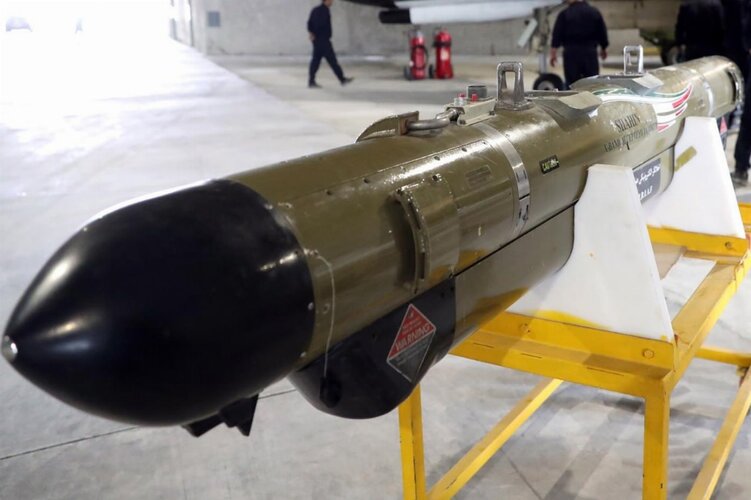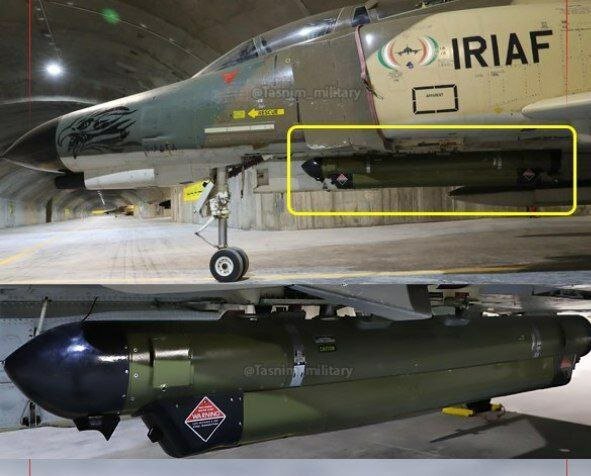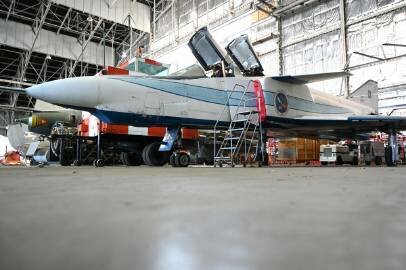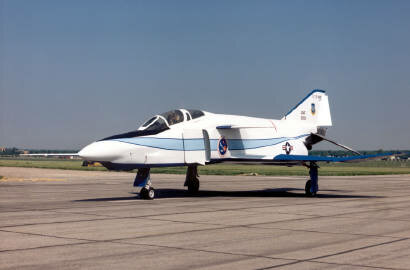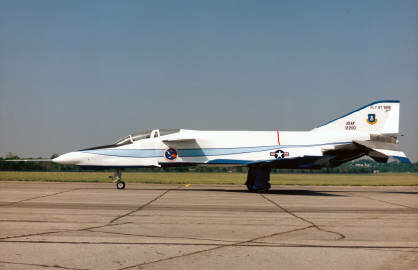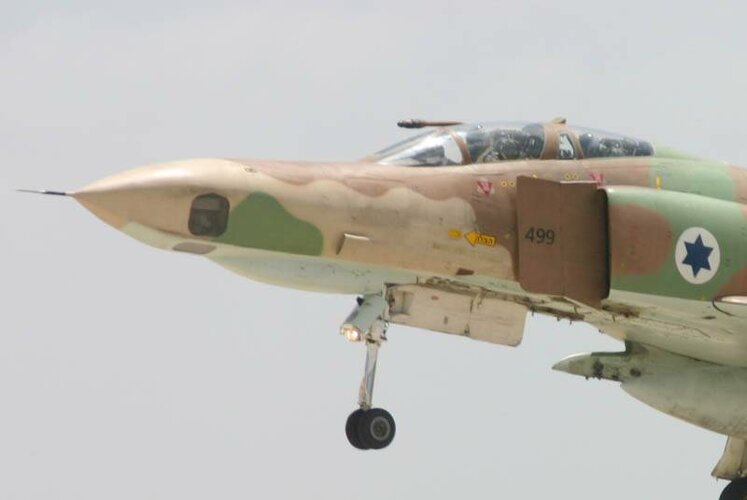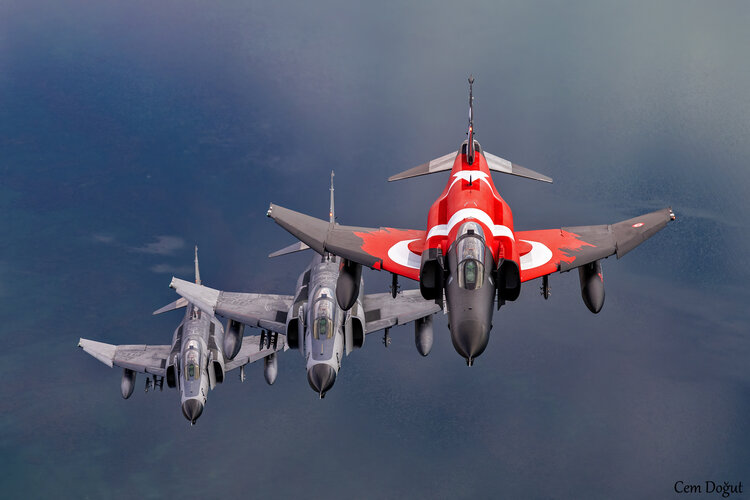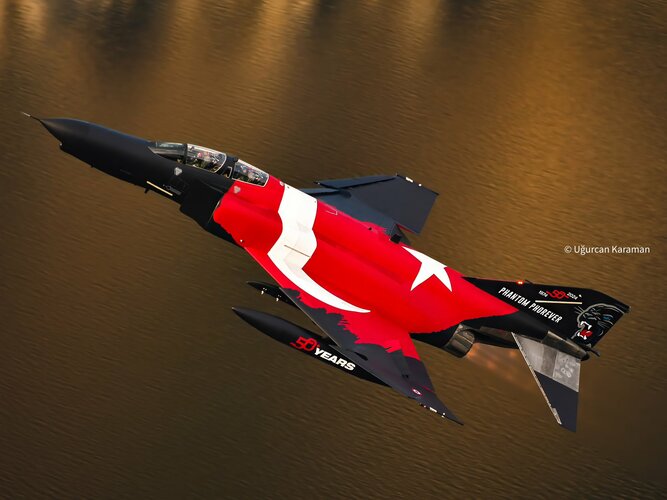aircraft design is a confusing mess of various disciplines and as one might have to live with the results for decades , utmost care is needed to make sure that what you decide to produce ends up good , which calls for long and careful analysis . But of course you have to start somewhere , from a fixed point so that you can examine the alternatives . ı will speculate , without any evidence but by just a personal belief that the fix in the case of F-16 was the wing . Aspect ratio of 3 , thickness ratio of 4 , area of 300 square feet ; they probably took a wing that was throughly researched and known ( maybe as an academic endeavour ) and built the Falcon around it . ı can visualise a couple of people looking at a chart that said at this speed , the wing produces that much lift and the projected weight means lots of performance is lost so they decide to build a 9G airframe instead of the 7.33 costumary and required . Because the wing can be useful up to a higher AoA than the standarts of the day , they decide to use the underbelly inlet instead of a more costumary side bifurcated or a F-8 like nose inlet solution .( The most common and - ı hasten to add - realistic explanation is Harry Hillaker pruned the nose and the tail area to save weight and drag but ı am r16 ; ı have a reputation to maintain .) The result cuts down the space for the underbelly pylon or threatens more FOD risk and forms a flat underbelly that makes the cockpit bulge , which causes the seat to be angled to nearly twice of usual to cut down the increased drag but in the end the engine can cope with anything so it is left raised for visibility concerns . And so on .
